The Basics of Branding
Branding is, in the most basic sense, a uniform.

Much like a uniform, branding is a way to distinguish your products or
services from anyone else’s.
Branding is often believed to just be the logo but it is much more than that. Once you say, ‘it’s much more than a logo’, the concept can become a bit overwhelming and you can end up feeling like it’s too complex for you to grasp.
It doesn’t need to be any more complicated than this: branding is a way to identify products, services, communications and materials as belonging to one entity. i.e. a school uniform is worn by kids of all ages, shapes and sizes but you know they’re all from the same school, because of the uniform.
Brand identity
Having a strong and consistent colour pallet, as well as things like brand fonts and visuals will all help to provide you with a tool kit that you can use to help build your visual brand identity.
There are brands that are so well established, you can identify them just by the colour, tag line, a snippet of the logo or hearing the voice used over their adverts. That is when you know you have done a good job with building a strong brand identity.
Tone of voice
It becomes a bit more complicated when we talk about that uniform reaching beyond a visual identification, but it still works. If you consider tone of voice, this feeds into branding because it’s a way of identifying the personality and target audience of a product or service. Tone of voice is, essentially, the language you use when communicating your brand message. Are you talking to a young audience, in a casual and fun way or are you talking to professionals with a more formal tone? A clearly identifiable tone of voice will help strengthen brand identity and become easily recognisable as belonging to a particular brand. This tone of voice should be uniform throughout all communications including advertising, promotional and informational materials, websites, customer services, sales teams, finance department… EVERYTHING.
It’s emotional
All of the above work together to create an emotional response from your audience. This emotional response is what will set you apart from your competition. If the competition are offering the same (or very similar) products or services at similar prices, the choice between the two can be a hard one to make but if you have worked hard to create a positive emotional response through your branding, this could be your differentiating and (hopefully) winning factor.
An example of this would be Heinz. Heinz has built a brand around the idea of comforting and cosy family environments – i.e. tomato ketchup and the famous ‘Daddy or chips’ debate; recent tomato soup visuals of a warm and cosy cottage on a cold winters day with a steaming bowl of tomato soup. Those are positive, warming and comforting emotions evoked by the brand.
Consistency is key
In order to build a strong brand, you need to be consistent.
This may seem straightforward and obvious but I will leave you with some things to consider; if you collaborate with another brand or choose to sponsor an event or competition etc., consider whether or not your ‘partner’ fits with your brand identity.
Maintaining consistency goes beyond your own brand. Consider who you associate yourself with and how that reflects on you.










